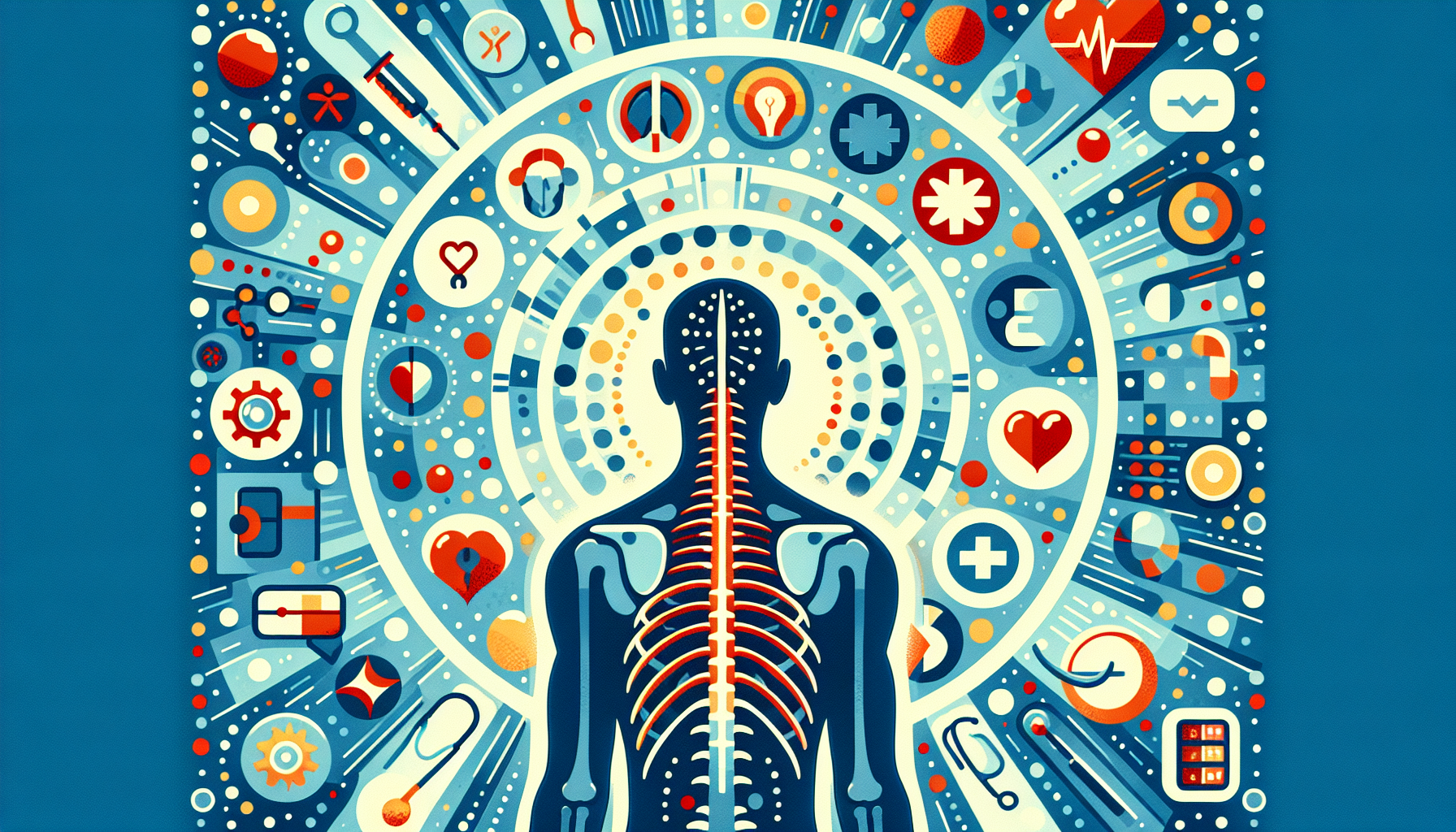Utah Becomes the First State to Let AI Handle Prescription Refills
Utah just made history: it's the first US state to let an AI system renew prescriptions on its own. The program covers people who are already taking medications for [...]
Read More
Medically reviewed by Alan Lucks | MD, Alan Lucks MDPC Private Practice - New York on November 11th, 2023.
Scoliosis is a condition where the spine curves sideways, forming a "C" or "S" shape. It affects about 2-3% of Americans, mostly between the ages of 10 and 15. While it can affect both genders, females are eight times more likely to need treatment. In this article, we'll explore the causes, symptoms, diagnosis, and treatment options for scoliosis.
In most cases, the exact cause of scoliosis is unknown. This is called idiopathic scoliosis. However, some types of scoliosis have clear causes, such as:
Congenital scoliosis: Caused by spinal defects present at birth
Neuromuscular scoliosis: Caused by disorders like cerebral palsy or spina bifida
Degenerative scoliosis: Develops in adults over 65 due to wear and tear on the spine
Scoliosis also tends to run in families, suggesting a genetic component. Researchers believe that a combination of genes, hormones, and environmental factors may play a role in the development of scoliosis.
Common symptoms of scoliosis include:
A visible curve in the spine
Uneven shoulders, waist, or hips
One shoulder blade or rib cage appearing more prominent
Leaning to one side when standing
In severe cases, scoliosis may cause back pain, stiffness, and even breathing difficulties. However, most teenagers with scoliosis do not experience pain.

Scoliosis is diagnosed through a combination of physical exams and imaging tests. The Adam's forward bend test is often used in school screenings, where the person bends forward at the waist to reveal any spinal curvature. If scoliosis is suspected, an X-ray will be taken to confirm the diagnosis and measure the degree of the curve.
In some cases, additional imaging tests like CT scans or MRIs may be ordered to determine the cause of the scoliosis or to assess any related complications.
Treatment for scoliosis depends on the severity of the curve and the person's age. Options include:
For mild curves (less than 25 degrees), the doctor may recommend regular checkups to monitor the curve's progression.
In growing children with moderate curves (25-40 degrees), wearing a brace can prevent the curve from worsening. Braces are worn for 16-23 hours a day until the child stops growing.
Surgery is typically recommended for:
Curves greater than 45-50 degrees in growing children
Curves greater than 50 degrees in adults
Curves that continue to progress despite bracing
Curves causing significant pain or breathing problems
Surgical options include spinal fusion, expandable rods, and vertebral body tethering.
Most people with scoliosis can lead normal, active lives. Low-impact exercises like swimming and walking can help strengthen back muscles and improve posture. Maintaining a healthy weight and practicing good posture can also alleviate strain on the spine.
Regular checkups with a doctor are essential to monitor the progression of the curve and address any complications. With proper management and treatment, people with scoliosis can enjoy a high quality of life.
Early detection during routine physical exams is crucial since most curves progress silently without pain during the critical growth years. Regular monitoring and appropriate intervention can prevent severe deformity and preserve normal lung function throughout life. If you notice uneven shoulders or waist asymmetry in yourself or your child, Doctronic can help you understand next steps quickly.
Utah just made history: it's the first US state to let an AI system renew prescriptions on its own. The program covers people who are already taking medications for [...]
Read MoreUnderstanding Mounjaro and Its UsesMounjaro is a prescription medication commonly prescribed for managing type 2 diabetes. It belongs to a class of drugs that help regulate [...]
Read MoreUnderstanding Hydrocortisone Uses and DosagesHydrocortisone is a versatile medication primarily used to reduce inflammation and suppress the immune system in various [...]
Read More